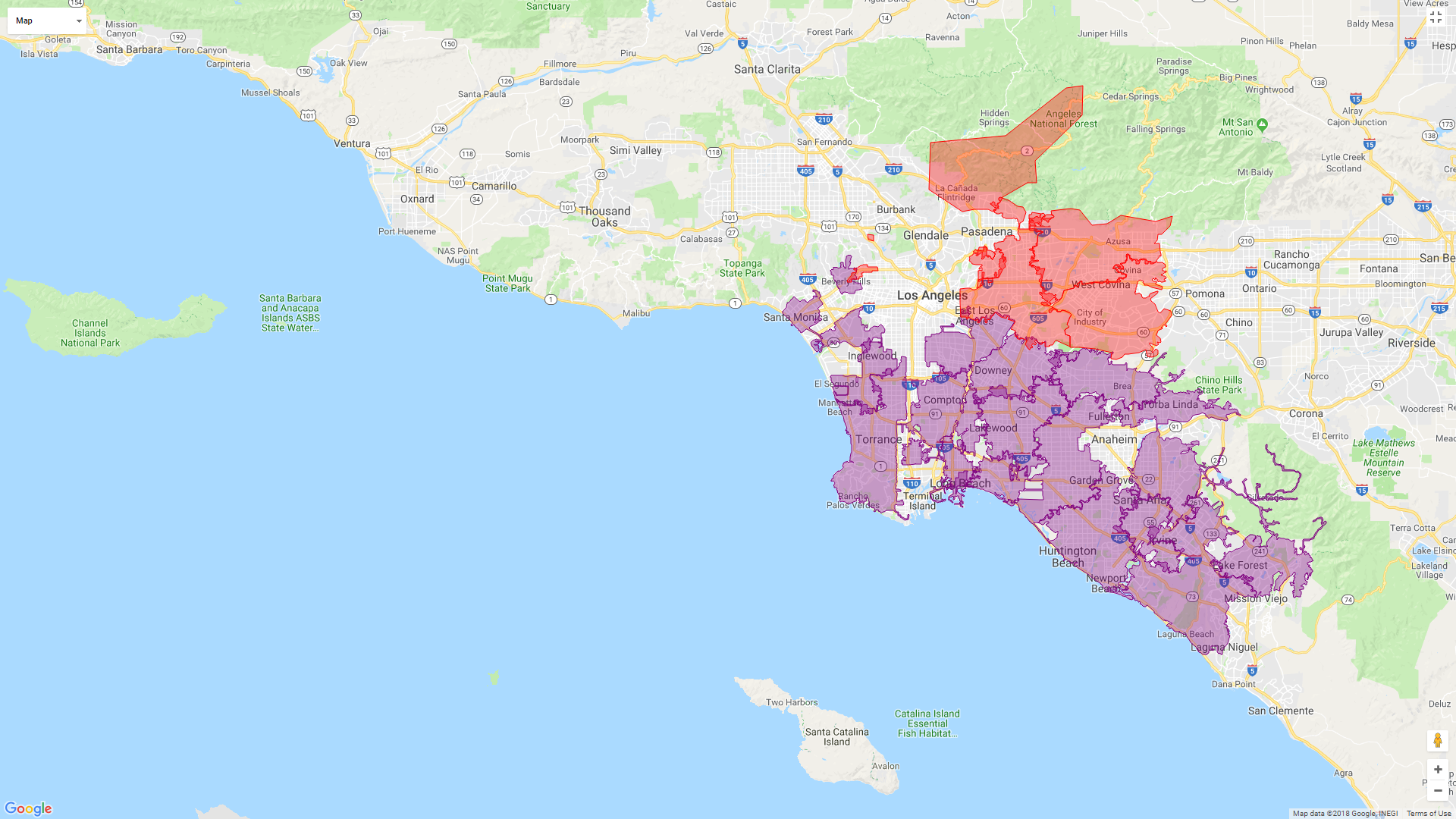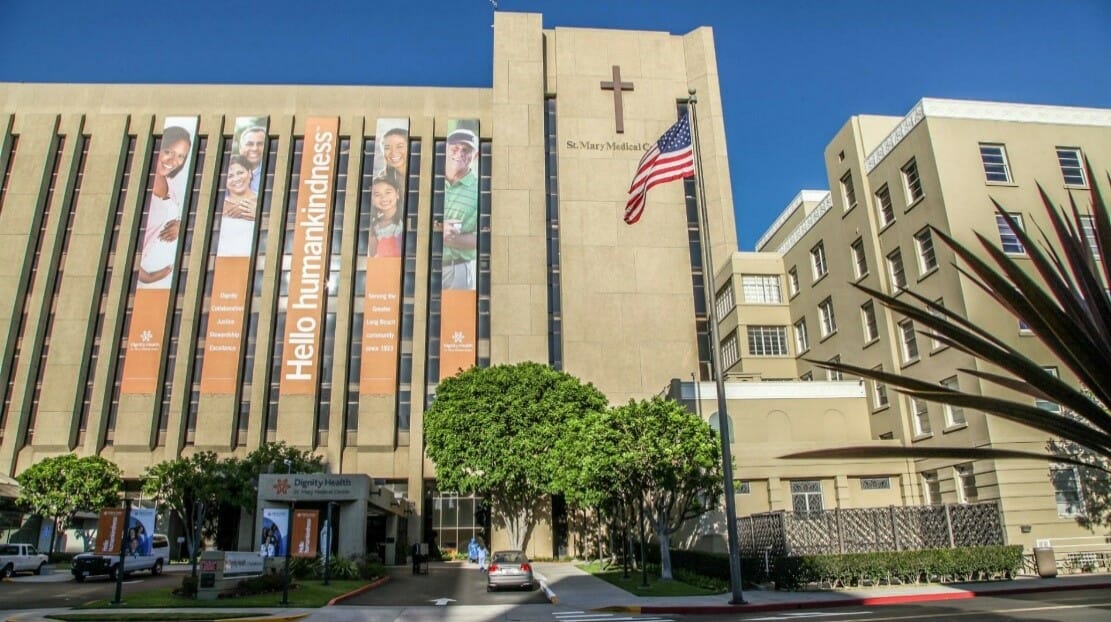Electric utilities and system operators throughout the United States face grid overload and congestion during peak periods.
Traditionally, utilities will add additional gas-fired generation, transmission lines, or substations to address these challenges. With a nation-wide movement towards cleaner, smarter energy and capacity distribution, utilities are increasingly solving these problems by reducing demand through distributed, lower-carbon resources such as energy efficiency.
Related Services

Energy efficiency (EE) as a grid resource is delivering significant benefits to energy providers and customers alike:
- Energy reliability: reduced grid congestion ensures more reliable energy for consumers, especially in California where risks of brownouts and blackouts exist due to the “duck curve”.
- Geotargeted impact: incentives are aligned to specific high-value regions or substations strategically targeted to defer transmission and distribution upgrades.
- Persistence of savings: energy-saving technologies and customer operations are evaluated to ensure the savings are accurate and reliable over five years or more.
Local Capacity Requirements in Southern California
Due to the potential retirements of older natural gas-fired power plants, the California Independent Systems Operator (CAISO) identified a significant capacity constraint in Orange County and the Los Angeles basin. To address this constraint, the California Public Utility Commission (CPUC) authorized projects to deliver Local Capacity Requirements (LCR). Various energy solutions were required to meet the roughly 1.9 gigawatts (GW) load reduction in targeted regions, including demand response, energy efficiency, energy storage, renewables, distributed generation and other solutions.
TRC (formerly Lockheed Martin Energy) participated in a bid to deploy energy efficiency as a resource and was selected to implement the project across the identified areas of West Los Angeles Basin and Orange County. To satisfy the LCR’s demand reduction targets, TRC works with local businesses to deploy and verify energy-saving technologies including LED lighting. Customers’ eligibility is determined by the substation that serves them and by the size of their building load, and financial incentives are provided based on achieved capacity and energy savings that result from energy efficiency improvements.
TRC implements these projects under the specific conditions unique to the California market. Because EE as a Resource is providing new capacity beyond existing efficiency programs, these savings must be above and beyond existing standards. For example, due to California’s rigorous Title 24 building code standards, the TRC team focused on lighting retrofits that either do not trigger code or achieve savings above Title 24 requirements as the primary opportunity for most facilities.
Measuring Capacity and Energy Savings with 8760 Analysis
EE as a Resource programs that provide capacity and energy savings to the grid must be dependable and persistent to replace essential power plant capacity. TRC holds a burden of proof to utilities to deliver energy and capacity savings that the local grid relies on; therefore, each project must go through a rigorous process to ensure energy savings are accounted for and persistent.
For the Southern California LCR, each project must complete both a pre-installation and post-installation inspection to best target the right participants. Through this process, TRC completes an 8760 analysis (reviewing energy usage data for each hour of the day for one calendar year) and ensures that the customer fits the load profile the utility is seeking.
After the customer’s installation is complete, TRC performs measurement and verification (M&V) of the newly installed energy efficiency measure (EEM) to document the capacity and energy savings achieved at the host customer’s facility. TRC’s engineers use two methods for M&V as part of this LCR program. For many facilities, TRC uses a traditional methodology where the newly installed EEM’s usage patterns are quantified to determine the achieved impact on the local grid.
While this traditional methodology is effective, it also requires labor and the customer’s support to facilitate data collection. As such, for almost half of the LCR implementations, TRC incorporates a second methodology of 8760 analysis utilizing the facility’s 15-minute interval data. This model is used to compare pre- and post- install electricity usage data, at a utility meter level, to validate the energy and capacity savings resulting from implementation of the more efficient technology. This innovative whole-building 8760 analysis methodology not only measures the capacity and energy savings, it also provides insight into the whole facility’s energy usage patterns. Furthermore, there is no additional equipment which needs to be installed, resulting in lower costs and zero business interruption for the host customer.
Success Story: St. Mary Medical Center, Long Beach CA
Dignity Health is large healthcare organization with 39 hospitals across California, Arizona, and Nevada. Following a recent merger with Catholic Health Initiatives (CHI), Dignity Health is now part of CommonSpirit Health, which has 140 hospitals and facilities in 22 states. One of their community hospitals, St. Mary Medical Center in Long Beach, CA, is a large facility which was overdue for a lighting retrofit.

Located within the geographic target area of the Local Capacity Requirements (LCR), St. Mary Medical Center presented an ideal scenario for long-term energy load reduction. TRC met with the hospital’s facility managers to help evaluate the project scope, LED technology type, and expected energy savings, and in 2019 launched the retrofit with the referring trade ally as the installation contractor. The project has yielded significant energy savings for a single facility, providing grid relief for the utility and achieving cost savings for the customer:
- Provides 274 kilowatts (kW) of capacity
- Saves 2.2 million kilowatt-hours (kWh) of energy per year
- With the LCR program incentives, the payback for this project is expected to be only 2.6 years
“Dignity Health is proud of the results from the lighting upgrade at St. Mary Medical Center Long Beach, and very happy that a company like TRC validated the energy savings we anticipated. Dignity Health is looking to extend the same methodology to 100-plus more hospitals that are now members of CommonSpirit Health. The data collected by TRC at St. Mary will be invaluable in persuading hospital decision-makers across the country that this is the right thing to do.”
Mark Muniz- Division Director, National Real Estate Services, Facility Management
Dignity Health
St. Mary Medical Center Long Beach was one of the first hospitals to be retrofitted for energy efficiency under an LCR program in California. TRC provided the customer with extensive data sets, allowing for robust analysis of cost and energy savings. This data can be used by customers to quantify their sustainability and GHG emissions reduction goals and can be used as a tool to convince other facility managers to consider whole-building retrofits. As a result, CommonSpirit Health is now looking to replicate similar retrofits in its portfolio across the country.
TRC is proud to work with California utilities to implement energy efficiency as a resource, delivering guaranteed, reliable energy savings for the grid and helping commercial and industrial facilities achieve their energy and sustainability goals.
Myron Graessle, Michael Green, Edan Simpson, Josh Stoneman and William Tran contributed to this article.








